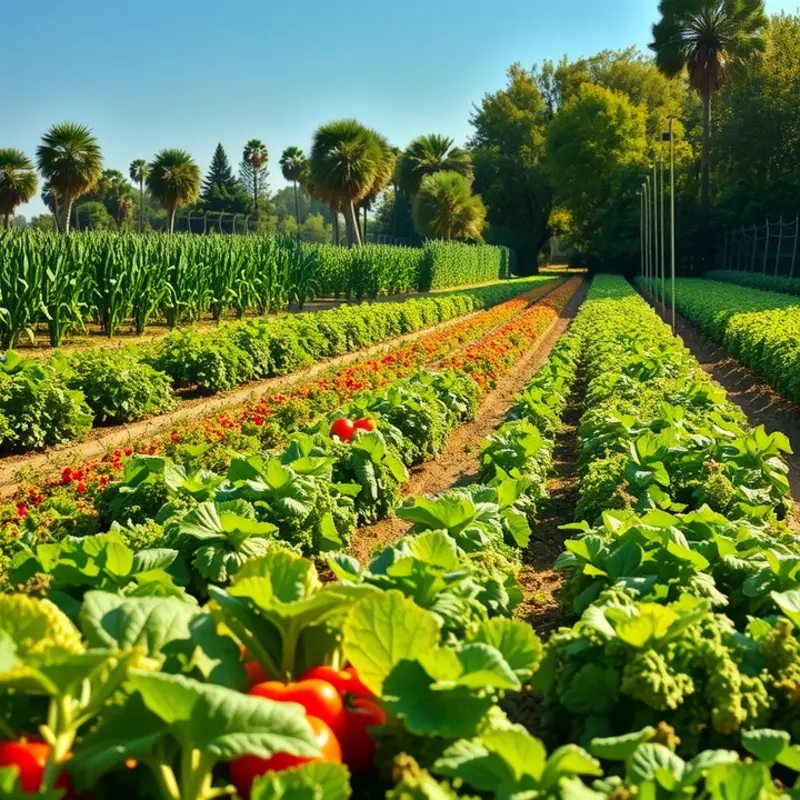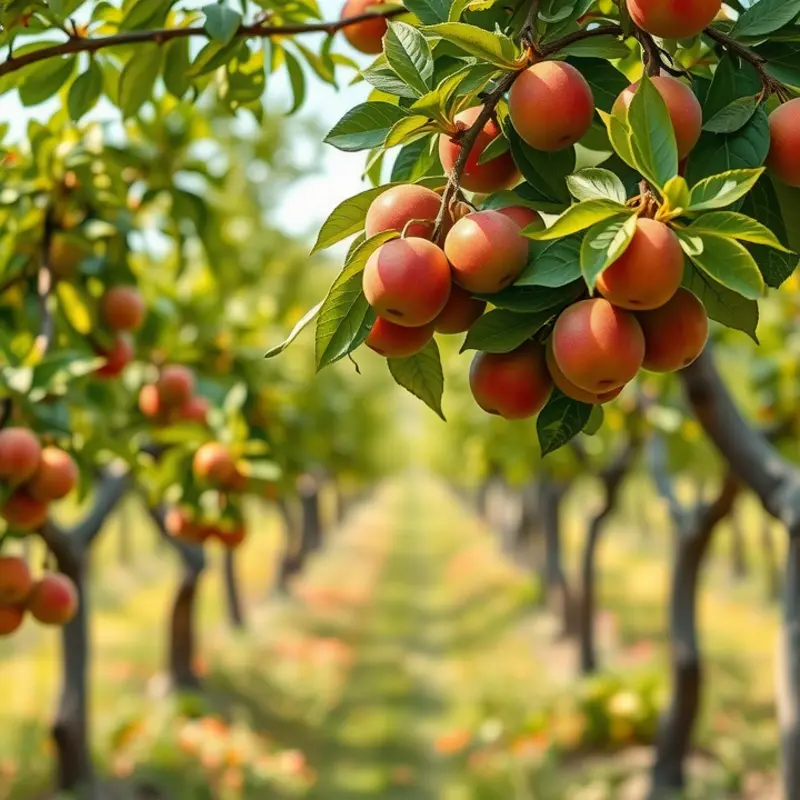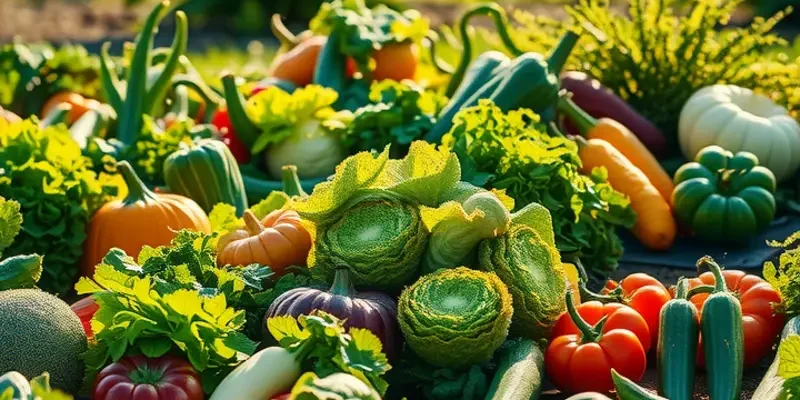Creating sustainable meal prep routines can feel overwhelming, especially for busy individuals and families. However, with a few simple strategies, you can maximize your time and create nutritious, delicious meals that cater to your lifestyle. Whether you’re juggling work, school, or family commitments, these practical meal planning ideas will help you streamline your cooking process while being kind to the planet.
Effortless Meal Planning Strategies

Incorporating meal planning into a busy routine can be both a time-saver and a path to healthier eating. A crucial first step is creating balanced menus that meet nutritional needs without being overly complicated. Consider organizing meals around core components: proteins, vegetables, whole grains, and healthy fats. This framework can simplify decision-making and provide structure.
Involving the family in meal choices not only distributes the responsibility but also ensures everyone gets a say, increasing the likelihood they’ll enjoy the meals prepared. A weekly family meeting can be a fun ritual where each member selects recipes or suggests ingredients. This approach encourages collaborative planning and even creates opportunities for children to learn about nutrition.
To streamline meal prep, it’s beneficial to embrace the concept of ingredient batch cooking. By preparing key ingredients in bulk, such as roasting a batch of vegetables or cooking a pot of quinoa, you make it easy to assemble different meals throughout the week. This method not only saves time but also reduces the monotony of eating the same dish repeatedly. For more details on this strategy, you can explore practical ingredient batching.
Tools and technology provide additional avenues for time-saving strategies. A simple digital calendar or app can keep track of your meal plan, grocery lists, and even cooking actions. Many people find success by dedicating a specific day or time slot each week solely for meal planning and grocery shopping, reducing the daily stress of what to cook.
Simple cooking techniques can also play a part in efficient meal prep. For instance, utilizing sheet pan meals where all components cook together can significantly reduce clean-up time. Owning versatile kitchen appliances that perform multiple functions, such as pressure cookers or blenders, can also minimize preparation time.
Moreover, rethinking storage and organization in your kitchen can have a long-term impact on both sustainability and convenience. Items placed strategically in easily accessible containers allow for quick assembly of meals. Consider exploring eco-smart kitchen storage to further enhance efficiency in your kitchen setup.
Ultimately, effortless meal planning is about creating a routine that feels natural and supportive of your lifestyle. With structured planning, family involvement, and the aid of smart tools and techniques, you can enjoy nutritious meals without sacrificing precious time.
Batch Cooking for Sustainability

Batch cooking embodies an approach where time savings directly align with sustainability goals. By preparing meals in bulk, you not only minimize daily cooking time but also reduce the likelihood of food waste. This occurs as batch cooking allows you to use ingredients more efficiently and store meals correctly for future consumption.
The backbone of successful batch cooking lies in selecting versatile ingredients. Think of grains like quinoa or brown rice, which serve as a perfect base for diverse meals ranging from salads to stir-fries. Similarly, chickpeas and lentils provide excellent sources of protein and adapt well to various cuisines, whether it’s a hearty soup or a spicy curry.
Seasonal vegetables can amplify batch cooking’s sustainability, both in terms of flavor and environmental impact. Seasonal produce is often fresher, more nutritious, and less resource-intensive to produce. Roasted root vegetables or a medley of greens can serve as a side dish or component in your main courses.
To maximize success, efficient storage practices are crucial. Use airtight containers appropriate for both refrigeration and freezing to prolong the freshness of cooked meals. Label these with dates and contents to track meals easily, reducing the chances of forgotten items leading to waste. For more on eco-smart practices, this guide on eco-friendly kitchen storage offers valuable insights.
Freezing is a powerful tool in batch cooking, preserving flavors and nutrients. Soups, stews, and sauces freeze exceptionally well, ready to thaw and reheat at your convenience. Freeze items in portion sizes best suited for your meals, allowing for flexible thawing and minimal waste.
Remember, practicing portion control at the cooking stage prevents over-preparing and, consequently, excess waste. It’s essential to know your household’s eating habits to fine-tune the quantities you batch cook.
Transition into new culinary inspirations by incorporating pantry staples. Rice, pasta, and canned beans serve as reliable supports for fresh ingredients. These staples enable you to explore numerous recipes without frequent market runs, saving time and reducing the temptation of impulse buys that could end up wasted.
Adopting batch cooking as a sustainable habit involves continuous learning and adaptation. Experimenting with new ingredients and recipes brings variety, making healthy eating a delight rather than a chore. As you become adept, you’ll find yourself seamlessly integrating batch cooking into your lifestyle, ultimately reinforcing both your health and sustainable living habits.
Final words
Sustainable meal prep is an achievable goal for busy individuals and families, enabling you to enjoy healthy, homemade meals without the stress. By investing a little time in planning and employing batch cooking techniques, you can simplify your daily cooking routine and embrace a food system that’s better for you and the environment. Remember, each small step toward sustainable meal preparation can lead to big benefits for your well-being and the planet’s health. So why not start incorporating these strategies today?







